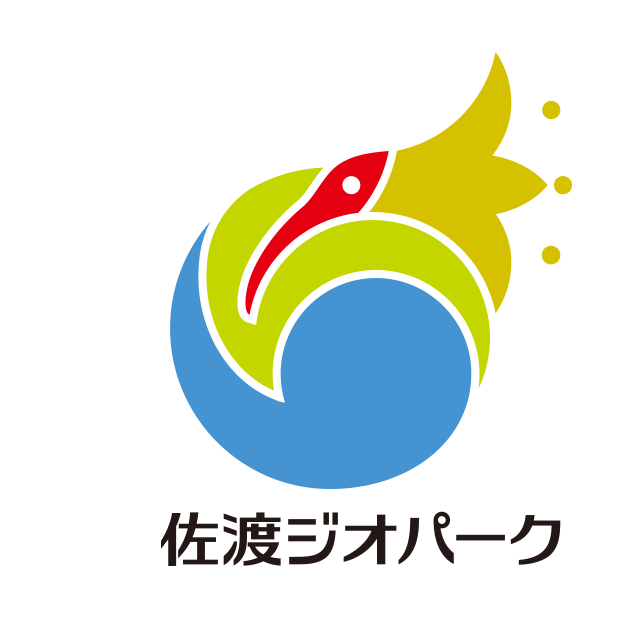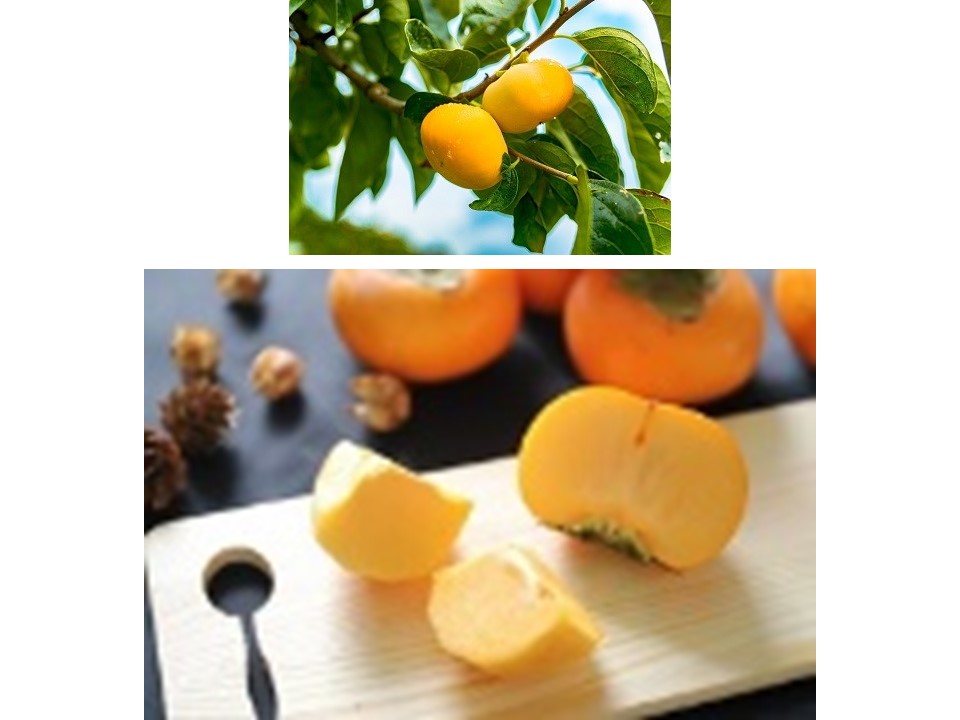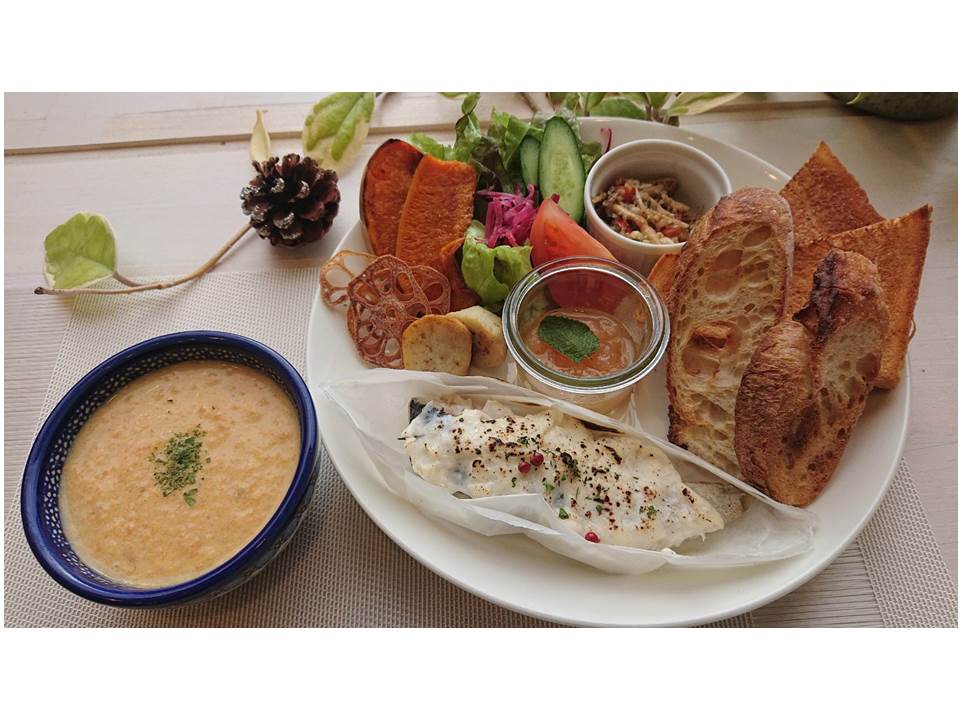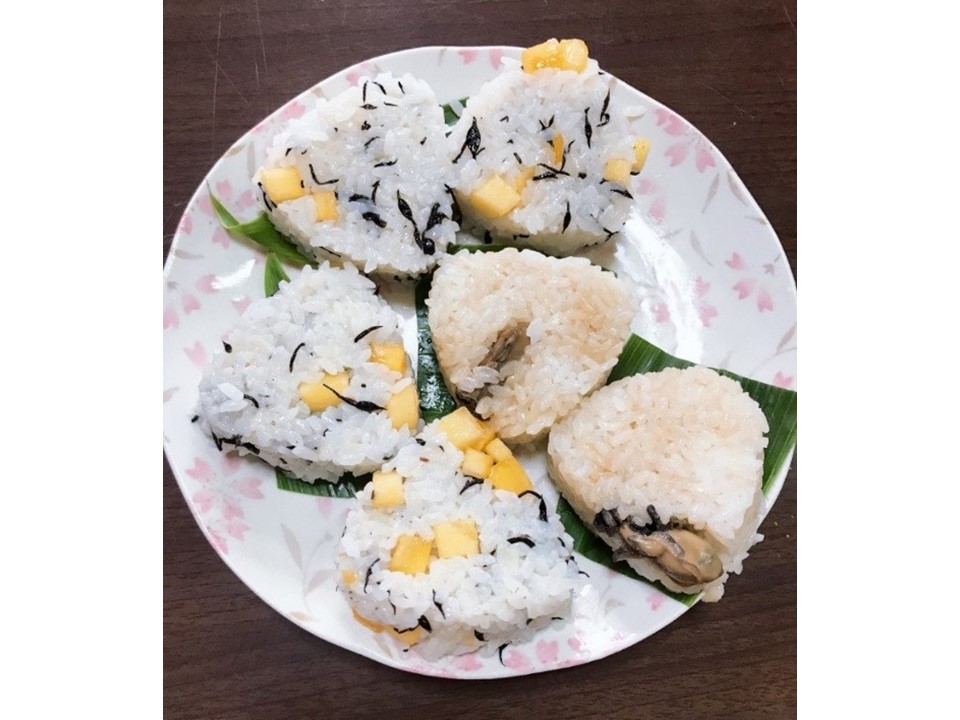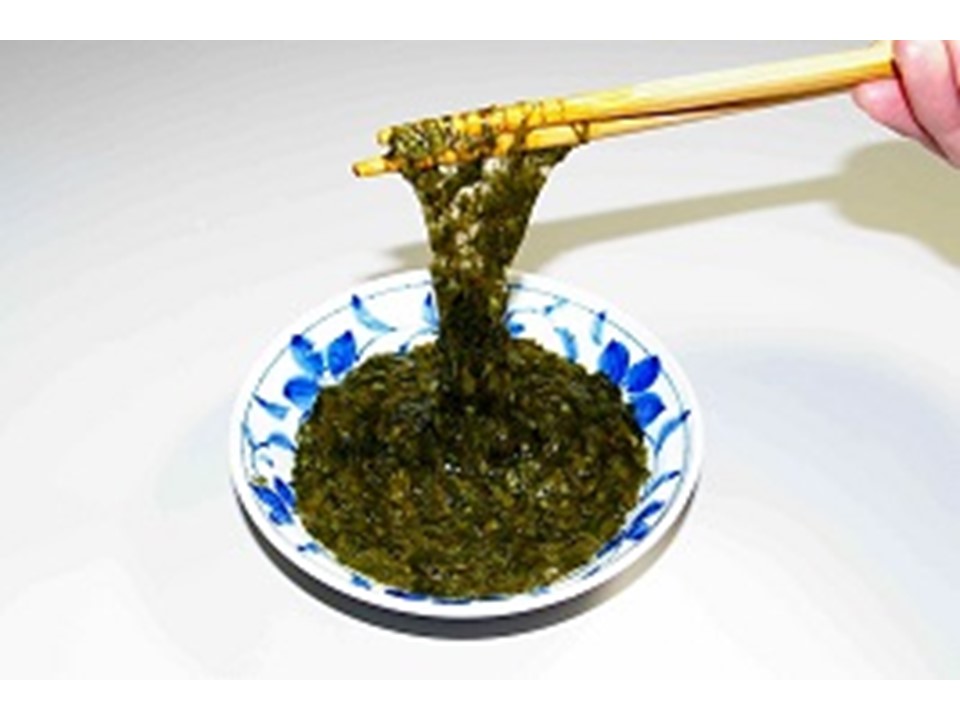Sado Island Geopark Foods
Here, you will find local specialties with a connection to the history of Sado Island, its natural environment, and its inhabitants' lives. Of course, we will talk about the history of Sado Island Geopark.
We invite you to enjoy these Sado Island Geopark foods.
Sado Persimmons
The Origins of Sado Persimmons
Persimmon production started on Sado island during the early Showa period, when Sugita Kiyoshi, known as the “father of the Okesa persimmon” promoted the production of Hacchin persimmons (also known as Hiratanenashi) in the Hamochi district. The Hamochi district is located on Kosado, the southern part of Sado Island. Kosado has a mild climate with light winds throughout the year, making it suitable for fruit cultivation. The Kosado hillsides created by the great fault line where the Hamochi and Yamada rivers flow were effectively used for fruit tree cultivation, while the flat land was utilized for rice fields. This created a rich rural community in the middle and mountainous areas. Persimmon cultivation subsequently spread throughout Sado Island as part of a combined agricultural system of rice and fruit cultivation. Persimmon remains representative of Sado’s fruits today.
Characteristics
Okesa persimmon, a slightly flattened, seedless persimmon, is harvested from late September to mid-November. Among all the types of persimmons cultivated on Sado island, the Okesa persimmon is most famous. This fruit gets its name from a traditional Sado folk song, “Sado Okesa”. This seedless persimmon is easy to eat with a melt-in-your-mouth texture and mild sweetness.
